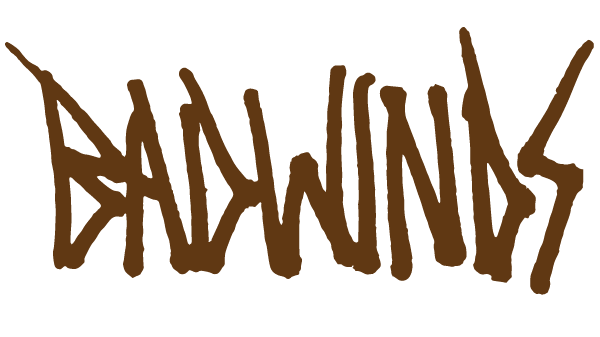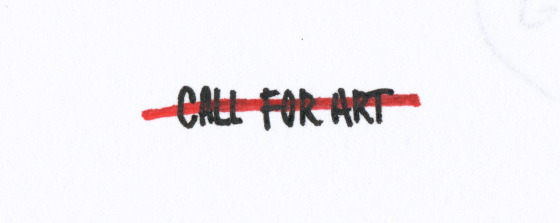I love the chance of sharing my work whenever possible. That wasn’t always the case throughout my school days, but that’s another story. Today, it’s a lot easier and the instant gratification of ‘likes’ makes us want to keep sharing. As an artist, we’re always looking to expand upon our audience, which means more people willing to ‘like’ our work and, hopefully, be interested enough to make a purchase. We put so much time and effort into our work toiling over each line, brush stroke, or color. Then, I would send off this work for a chance at it being chosen out of thousands of other entries for one of these ‘Call for Art(ists).’ What a gamble, right?!
I stopped submitting to call for art submissions about 15 years ago. I cringe everytime I see one now. They come in many different forms with taglines like, “gain exposure,” “win free swag,” or “win 1st place and have your work recognized.” The non-winning submissions may also become property of the organization holding the contest, too. Yeah, man. All contests have their own rules or lack of rules. They don’t like being asked all these questions about my work I was about to send them. Organizations know the power of (Indian) art, but don’t respect the process or the profession. Take a moment and think about the cover art for that one conference, event, or magazine. Art can evoke us to move for a cause. We can get into the nuances of the phrase of “Indian art,” but for the purposes of this piece I’m referring to spec work. There’s a million shades in this gray area of Indian art, but in this entry I am referring to ‘calls for art’ in Indian Country.
So, I recently got word about a conference calling for artists. Being Indigenous, we see these contests all the time. It’s common to give of your time and effort to various causes, because that’s how we operate. If there’s a need, give of your time and help. I don’t mind as long as it doesn’t interfere with my profession. I don’t mind volunteering here and there for an event, but when creatives continue to send their submissions to calls for art I get a bit irritated. It’s all to common to see calls for art in Native American organizations, conferences, and fairs. Sure there’s probably prize money for 1st place, but what about everyone else that isn’t chosen. Okay, let’s say I win this time. I might also get a free booth space at their marketplace. Will they provide lodging? What if the conference isn’t near my town or city? Will they provide airfare? What about food? Okay, all that aside. I get my name on the poster and prime location at the marketplace, will they like my art enough to buy it?
Another area of discussion that didn’t come to me until years of being a consultant concerns rights usage. Do I keep the rights to my art? Most contests make you give up your rights to your art. Sure you can keep your name on it, but you won’t receive any royalties on the shirts, mugs, and publications they may sell with your art on it. Pretty scary. It’s so common we’ve gotten used to it. Maybe you’re okay giving away your art, because you only draw once in a while and don’t really care. Well, it hurts me and other professionals in the creative industry.
First, these calls for art continue to patronize a profession that requires market research, communication, and collaboration. I could go on, but you should read more about it from those who have stated these arguments in a more succinct fashion. Check out NO!SPEC who lays it out clearly from ethics, copyright, and professionalism. Another reference I point my students to is the AIGA (American Institute of Graphic Arts), the professional association for design. They also state their position on spec (speculative) work and provide a sample letter you can download and make your own to share with potential clients or contest holders. Well, I created one you can use when you come across that next call for Indian art. Feel free to ‘copy and paste.’
Good afternoon (insert name/organization),
Thank you for the consideration to include me in your call for art, but I will have to decline.
I’ve made the decision to stop participating in call for artwork about 15 years ago (insert your own time period or not). While I appreciate the effort to promote art, I found that my values aligns with the position of AIGA (American Institute of Graphic Arts) on speculative (spec) work. I feel this contest falls under spec work and devalues my profession.
AIGA, the nation’s largest and oldest professional association for design, strongly discourages the practice of requesting that design work be produced and submitted on a speculative basis in order to be considered for acceptance on a project.
There are two main reasons for my position:
- To assure the client receives the most appropriate and responsive work. Successful design work results from a collaborative process between a client/organization and the artist/designer with the intention of developing a clear sense of the client’s objectives, competitive situation and needs. Speculative art competitions or processes result in a superficial assessment of the project at hand that is not grounded in a client’s business dynamics. The artwork creates value for clients/buyer/collector as a result of the strategic approach designers/artists take in addressing the problems or needs of the client and only at the end of that process is a “design” created. Speculative or open competitions for work based on a perfunctory problem statement will not result in the best design solution for the client.
- Requesting work for free demonstrates a lack of respect for the artist/designer and the art/design process. Requesting artwork for free reflects a lack of understanding and respect for the value of effective design as well as the time of the professionals who are asked to provide it. This approach, therefore, reflects on your personal practices and standards and may be harmful to the professional reputation of both you and your business.
There are few professions where all possible candidates are asked to do the work first, allowing the buyer to choose which one to compensate for their efforts. (Just consider the response if you were to ask a dozen lawyers to write a brief for you, from which you would then choose which one to pay!) In the past, I would be devastated when I was not chosen as a finalist. My other thought is should I happen to be selected, I would also have to purchase airfare, lodging, and meals for the duration of the event. Perhaps I missed that information pertaining to the winning submission and the support the artist/designer will receive.
I feel there is an appropriate way to explore the work of various artists/designers. A more effective and ethical approach to requesting speculative work is to ask artists/designers to submit examples of their work/portfolio from previous assignments/exhibitions/current inventory as well as a statement of how they would approach your project/art works. You can then judge the quality of the designer’s previous work and his or her way of thinking about your business. The artist/designer you select can then begin to work on your project by designing strategic solutions to your criteria, or that year’s theme, while under contract to you, without having to work on speculation up front. This would also eliminate the need to extend deadlines should you not find the artwork that fits the needs of the conference/event. If you would like to work with me in developing a process that will benefit you most and maintain the high business standards we expect of (insert name of organization), please do not hesitate to give me a call/reply to my email. If you choose not to collaborate with me, there are many local and national artists/designers who can provide you with solutions that will far exceed your expectations, with respect for an appropriate budget and schedule. In the end, this approach ensures a more effective, professional and profitable process for everyone involved. Your consideration of these professional artistic/design issues is greatly appreciated.
I will continue to create and collaborate with those who value my work and the message I want to share. I hope we can collaborate one day.
Thank you for your time and consideration. Please feel free to reach to me with any questions you might have. I am truly thankful for the presence of (insert name of organization) and what the organization has done and continues to do. Take care and I hope you can understand my position as a creative professional/artist/designer/illustrator/painter.
Please share. Ahéhee’.


